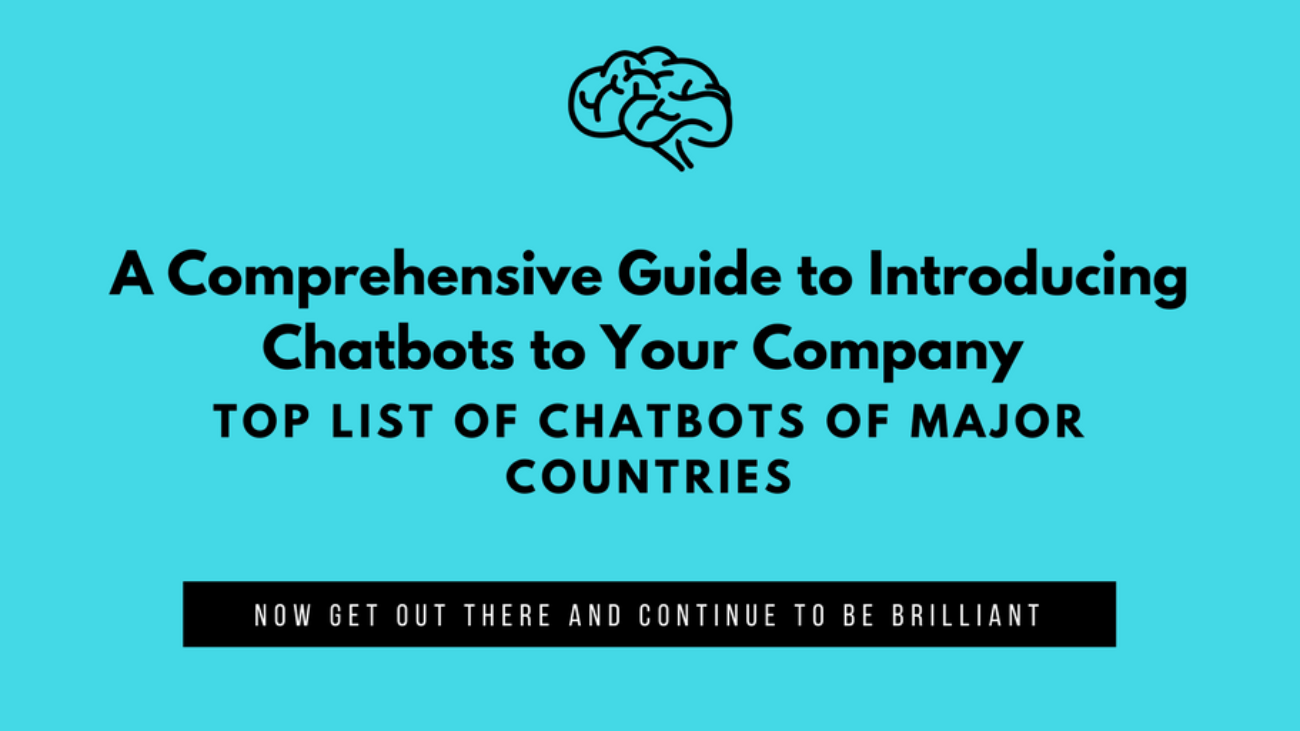Redirects are very important in the business of SEO. With changing times, site owners more often than not, are faced with the option of generating a new site, changing the link address or even deleting content. This is usually done for a major change or simplicity or you might not need a page anymore. Here is where Redirects come into play. When you change your URL for any of the reasons, it is important to let the search engine robots know that the contents of the page or the page itself is available somewhere else, temporary or even permanently unavailable. Here we have a list of redirects that can be helpful based on your needs.
Reasons for using Redirects
While regularly maintaining your site, you will often come across tasks that will require redirects. Some of the reasons that will come up more often are:
- When you want to delete a site or a post
- When you want to change your domain
- When you no longer wish to use www in your link address
- When you merge certain websites
- When your CMS is changed
- When you change your URL structure or
- When you have to enable Permalinks in WordPress
HTTP Redirect Codes
Every redirect has a specific code. This is a 3 number code which specifies the nature and purpose of redirect. S for example if you see a 404 error, it means the page has not been found. The 503 redirect means the site is under maintenance. These codes are present in 5 different ranges.
- 1xx – Informal
- 2xx – Success
- 3xx – Redirection
- 4xx – Client Error
- 5xx – Server Error
Commonly used HTTP redirects
Although due to the range of HTTP codes, the list of redirects can be endless, given below are the most commonly used redirects and their main purposes.
- 301: Permanently Moved
This happens a lot as the URL address of our pages change from time to time. It is important to set this redirect which automatically transfers the Old URL to the new one. In case this is not done, the server will show a 404 Error Page not Found which is something we don’t want our site users to see.
- 302: Page Found
This redirect is used when you have temporarily shifted the page to some other URL. It means the destination of the page requested has been found however the location is unclear. This redirect is vague as it doesn’t mention if the situation is temporary or not. One should only use this redirect when they want the URL transferred to a new one temporarily. This means the search engines will not change the old link address t the new one and the old URL can be used again.
- 307: Temporary Redirect
This is more like 302 as it mentions that the page has been moved however it is more specific and the nature of redirect is temporary. You can use this when you want to direct the user to a new link while still keeping the old request method functioning. The request may change over time so it is essential for a client to keep using the old URL.
- 403: Forbidden
This redirect is for sensitive information provided on a web page which is not accessible for certain users. If the credentials are not approved by the site requirements, this error appears and the page remains forbidden for the user.
- 404: Page not Found
This error specifies that the content has been deleted and the page cannot be found. As this puts a dent in the user experience, it is better to redirect the page to a new URL so that you don’t miss out on the site users. It is important to monitor these pages and keep them at a low number as much as possible. A number of such pages is seen as a bad sign by the Google console. This might affect your rankings very badly.
- 410: Gone
This redirect gives a straight answer to a users query. This means the page has been permanently deleted and cannot be found. This is also a way of telling search engines that the URL should be deleted from the index so that users do not click on it. However, if the information has been shifted elsewhere, a permanent redirect would be a better option. Even if not, try to improve the contents of the page and keep it.
- 451: Unavailable due to legal reasons
There are instances where judges request particular page r content to be taken down from the internet. If your page is one of them, use this redirect to specifically let the search engines know that it is down due to legal reasons.
- 500: Internal Server Error
This redirect means that something went wrong while the request was being processed and the request could not be fulfilled due to the same. This redirect does not specify the reason so it could be many reasons. The server is acting funny or there is a problem with the script. Servers must be checked for the problem and resolved as soon as possible. - 503: Service Unavailable
This redirect straightaway means that the site cannot serve you for the time being due to overload or outage. The best use of this is when your site is under maintenance. This also means that the search engines can come later and that the site will be in service again after the maintenance is done.
About the author:
Win Infosoft is a Digital Marketing agency with years of experience in providing the best possible services in PPC, SEO, SMM, Website and App developments. If you are looking for someone to convert your website into HTTPS, contact us today for a smooth transition.



